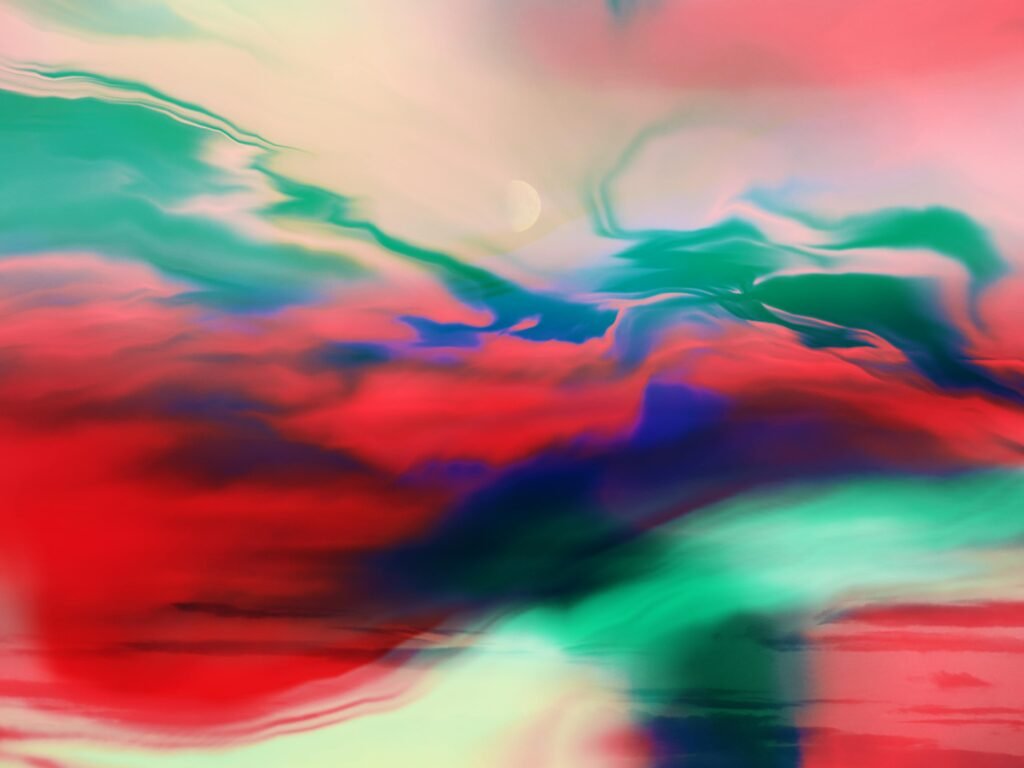
Introduction to Emotional Landscapes
In today’s fast-paced world, finding moments of peace and emotional well-being is more important than ever.
Imagine walking into a space that instantly makes you feel calm, happy, or invigorated.
This is the power of crafting an emotional landscape using color and sound.
By blending the visual impact of colors with the auditory influence of music, we can design environments that profoundly affect our moods and mental states.
This guide will take you through the essentials of harnessing these two powerful elements, offering insights and practical tips for applications in art, design, and daily life.
The concept of an emotional landscape revolves around creating atmospheres that resonate with our internal emotional states.
By carefully selecting colors and sounds, you can curate spaces that foster relaxation, enhance creativity, or energize a group of people.
The interplay between color and sound taps into deep-seated psychological associations, allowing us to manipulate our surroundings in ways that align with our emotional and psychological needs.
For instance, think about how a spa uses soft blues and gentle instrumental music to promote relaxation.
The soothing blue tones calm the mind, while the tranquil music helps to lower stress levels.
On the other hand, a gym might use vibrant reds and upbeat, energetic music to keep people motivated and active.
These examples highlight how strategic choices in color and sound can transform a space and the experiences within it.
Moreover, the applications are endless.
Whether you’re an artist looking to evoke specific emotions in your work, a designer aiming to create an engaging atmosphere, or simply someone wanting to make your home a more comforting place, understanding the dynamics of color and sound can open up a world of possibilities.
This guide will delve into these elements and provide you with the tools to craft your own emotional landscapes, making any environment more aligned with your emotional goals.
Basics of Color Theory
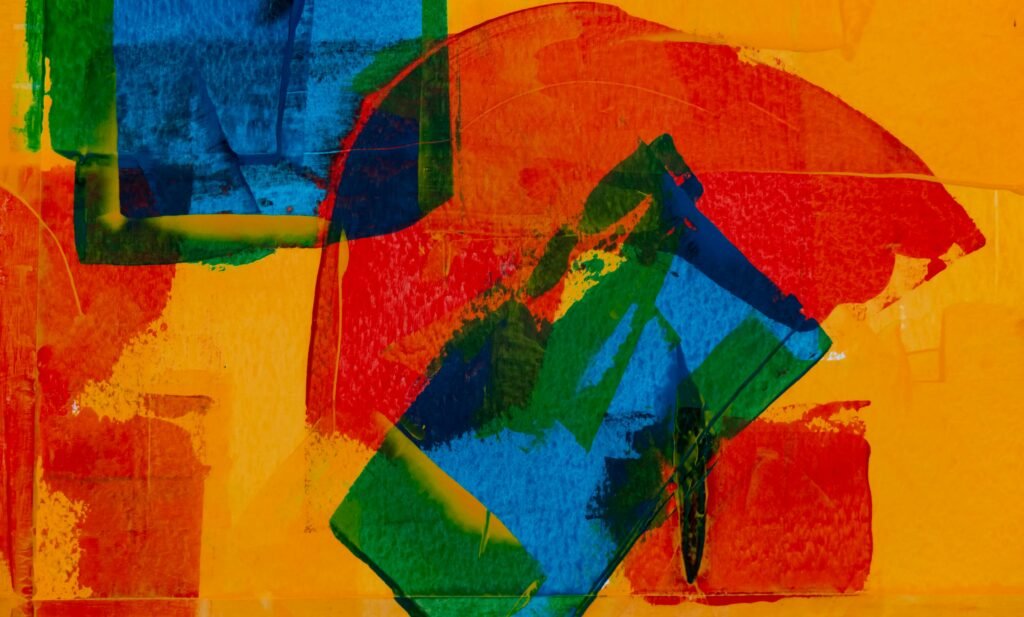
Understanding color theory is a foundational step in crafting an emotional landscape.
At its core, color theory involves the study of how colors interact and the feelings they evoke.
Colors can be divided into primary, secondary, and tertiary groups.
Primary colors include red, blue, and yellow, which are pure and cannot be created by mixing other colors.
Secondary colors—green, orange, and purple—are formed by mixing two primary colors.
Tertiary colors are made by blending a primary color with a neighboring secondary color, giving us hues like red-orange and blue-green.
Colors also fall into categories of warm and cool tones.
Warm colors like red, orange, and yellow are often associated with energy, passion, and warmth.
These colors can invigorate a space and evoke feelings of excitement and comfort.
Cool colors such as blue, green, and purple tend to evoke calmness, serenity, and relaxation.
They are often used to create tranquil environments that promote peace and contemplation.
The concept of color harmony is another crucial element in color theory.
Harmony involves choosing colors that are visually pleasing together, often based on their position on the color wheel.
Complementary colors, which sit opposite each other on the wheel, create vibrant contrasts that can make elements pop.
Analogous colors, located next to each other, offer a more harmonious and cohesive look.
Additionally, the psychological impact of colors should not be overlooked.
Colors can trigger emotional responses based on cultural associations and personal experiences.
For instance, blue is often linked to feelings of trust and tranquility, while yellow can evoke happiness and optimism.
By understanding these associations, you can create color palettes that resonate with the specific emotions you wish to elicit.
Psychological Effects of Color
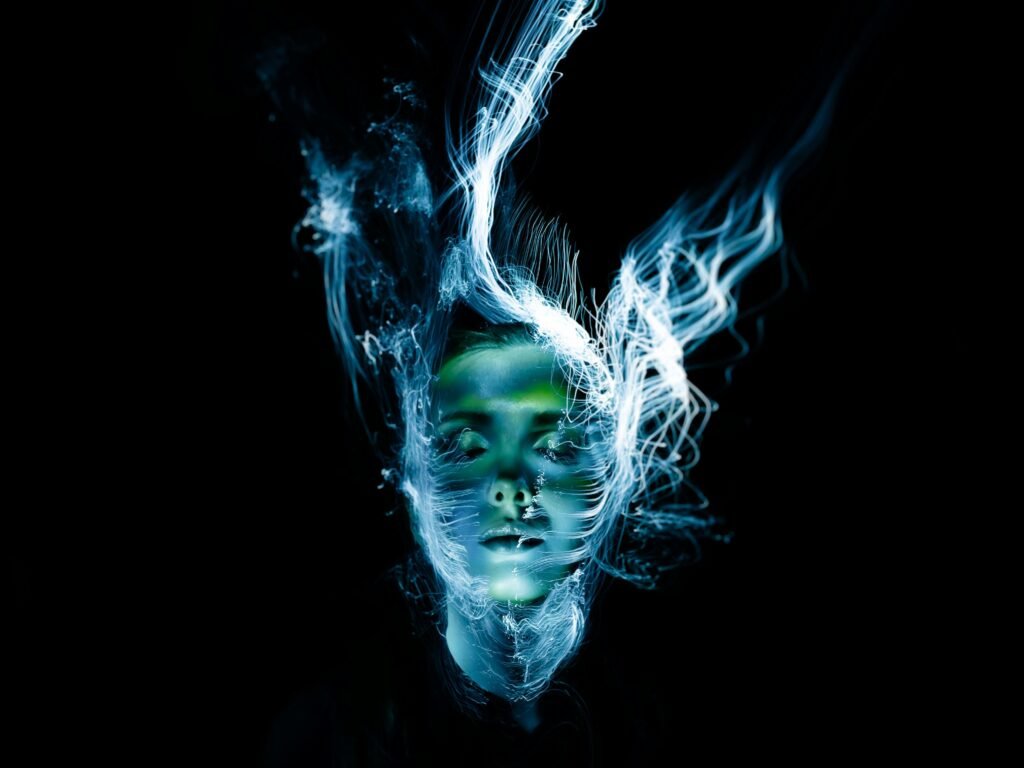
Colors wield remarkable power in shaping our emotions and perceptions.
Take blue, for example.
Often linked to feelings of peace and tranquility, blue can transform a room into a serene haven.
On the flip side, red is known for its stimulating effects, infusing spaces with energy and excitement—ideal for social areas or creative hubs.
Then there’s yellow, the color of sunshine, which naturally evokes happiness and optimism. Understanding these psychological connections allows us to use color not just decoratively but purposefully, to craft environments that meet our emotional needs.
Consider how green, associated with nature and renewal, can foster a sense of balance and calm.
It’s a popular choice for wellness centers and workspaces alike because it promotes concentration while soothing the mind.
Purple, often linked to luxury and spirituality, can bring a touch of sophistication and introspection to a space, making it perfect for areas meant for relaxation and deep thought.
Beyond individual colors, combinations play a crucial role too.
Pairing complementary colors like blue and orange can create dynamic, visually stimulating environments.
On the other hand, analogous colors, such as blue and green, provide a more harmonious and calming effect.
Cultural and personal associations with colors also matter.
For instance, while white may symbolize purity and simplicity in many Western cultures, it can represent mourning in some Eastern traditions.
These layers of meaning make color an intricate tool in our design arsenal, capable of evoking a wide spectrum of emotions and reactions.
By strategically choosing and combining colors, you can shape not just the look but the feel of a space, turning it into an environment that aligns with the specific emotional goals you have in mind.
Whether you’re looking to relax, inspire, or energize, color offers a versatile and powerful means of achieving your desired atmosphere.
Understanding Sound in Emotional Settings
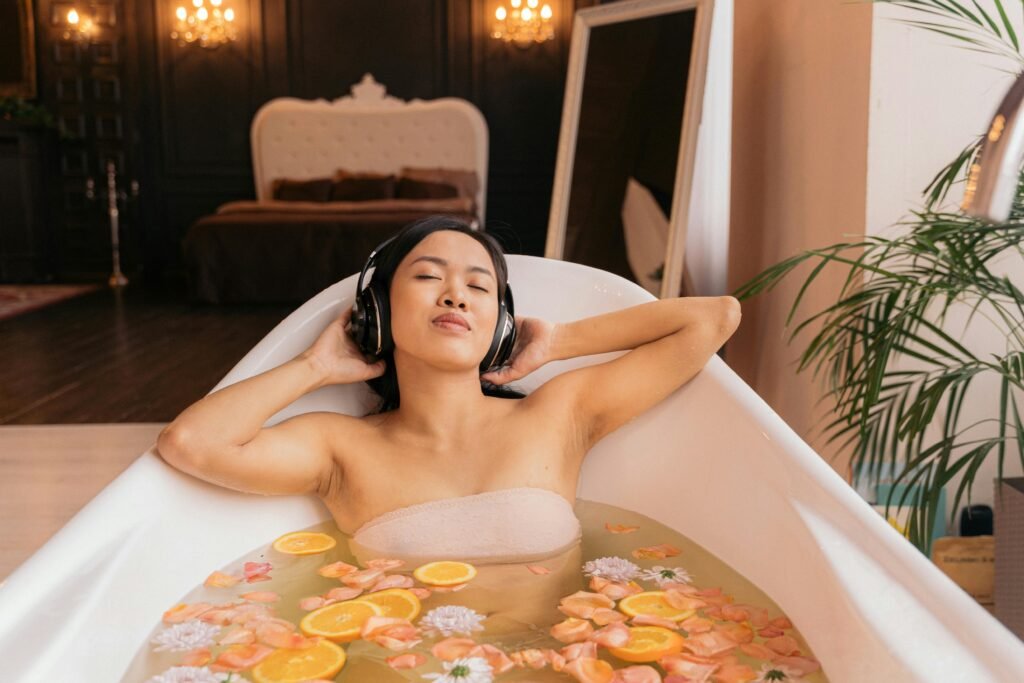
Sound is a powerful tool in shaping emotional settings, much like color.
The music you choose for a space can transform its entire atmosphere, influencing how people feel and interact within it.
Imagine a tranquil spa filled with the gentle sounds of flowing water and soft, ambient music.
These auditory elements work in harmony to create a sense of peace and relaxation.
On the flip side, consider a bustling café where lively, upbeat music keeps the energy levels high and patrons engaged.
Different types of music evoke distinct emotional responses.
Classical music, with its rich, intricate compositions, can enhance concentration and foster a sense of sophistication.
In contrast, the rhythmic beats of pop or electronic music can uplift moods and invigorate spaces, making them feel more dynamic and vibrant.
The key is to match the tempo and style of music to the desired emotional impact.
Ambient sounds also play a crucial role.
Nature sounds like chirping birds or rustling leaves can transport you to a serene outdoor setting, even if you’re indoors.
These natural sounds have a grounding effect, helping to reduce stress and promote well-being.
Meanwhile, urban sounds such as distant traffic or the hum of a city can create an energetic, bustling ambiance perfect for creative workspaces or modern living areas.
Integrating sound thoughtfully into your environment involves considering both volume and quality.
High-quality audio ensures that the sound is clear and pleasant, while the volume should be appropriate for the setting to avoid overwhelming or distracting the occupants.
Incorporating sound effectively into your emotional landscape allows you to create a more immersive and engaging environment, enhancing the overall sensory experience.
Combining Color and Sound
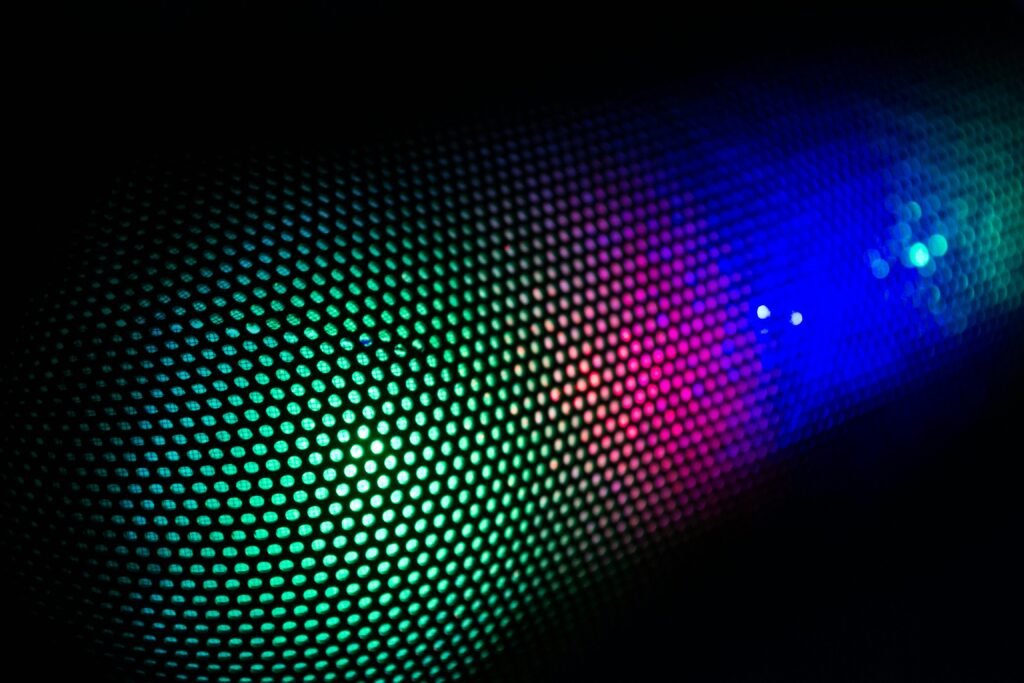
Combining color and sound offers a unique opportunity to craft environments that resonate deeply with our emotional states.
Imagine stepping into a room painted in soft greens and blues while gentle, ambient music plays in the background.
This combination can create a sanctuary of tranquility, perfect for meditation or relaxation.
Conversely, envision a creative workspace bathed in energetic yellows and oranges, accompanied by upbeat, rhythmic tunes. This setup can invigorate and inspire, fueling productivity and creativity.
The interaction between color and sound can be particularly powerful in therapeutic settings.
For instance, using soft pastel colors combined with nature sounds like ocean waves or birdsong can help reduce anxiety and promote healing.
Studies have shown that patients in recovery environments with such sensory elements often experience faster recovery times and improved overall well-being.
Incorporating these elements into everyday spaces like homes or offices can also enhance our daily lives.
A home office might benefit from cool, muted tones paired with instrumental music to boost concentration and reduce stress.
Living rooms could be adorned with warm, inviting colors and soft jazz to create a cozy, social atmosphere.
The goal is to create a cohesive sensory experience where color and sound complement each other, amplifying the intended emotional effect.
Art installations and public spaces can also harness the power of this combination.
Imagine a museum exhibit where each room’s color scheme is perfectly matched with a tailored soundtrack, guiding visitors through an emotional journey.
This thoughtful integration can transform how we experience and interact with a space, making it more engaging and memorable.
Ultimately, by exploring the interplay between color and sound, we unlock new dimensions of sensory experience, enriching our environments and enhancing our emotional well-being.
Practical Applications in Art and Design
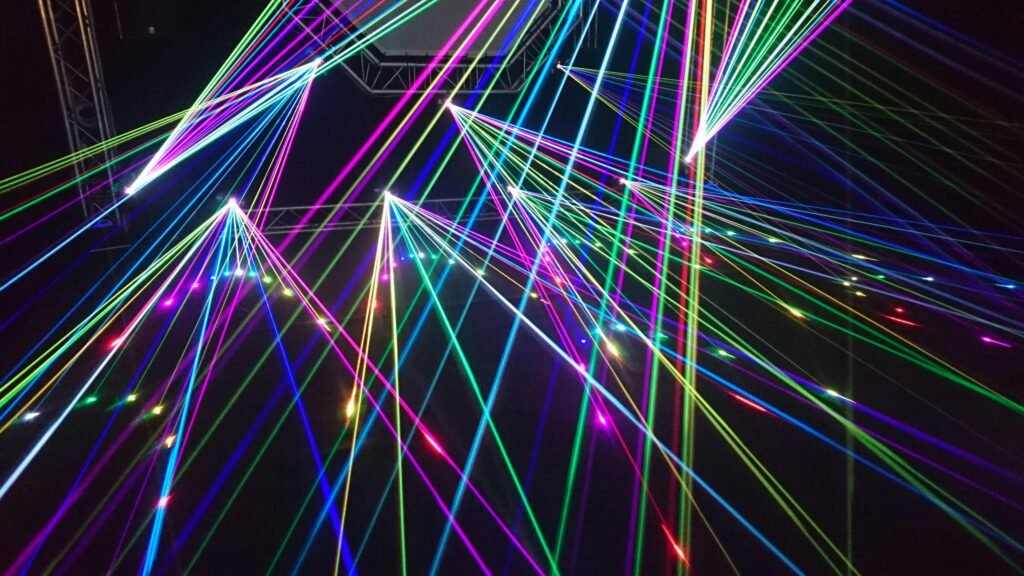
Artists and designers have long recognized the profound impact of combining color and sound to evoke emotion and enhance storytelling.
In visual art, carefully chosen color palettes can stir specific feelings.
Pairing these with ambient sound adds another layer, making the viewer’s experience richer and more immersive.
Imagine walking through an art gallery where a serene blue painting is accompanied by the gentle hum of a cello.
The auditory component deepens the emotional connection, making the artwork resonate more profoundly.
Interior designers can also harness these elements to transform spaces.
Picture a cozy living room with walls painted in warm earth tones, complemented by the soft strumming of acoustic guitar music.
This blend creates a welcoming and comforting environment, perfect for relaxation and social gatherings.
On the flip side, a modern office space might use crisp, neutral colors with subtle electronic music to foster concentration and creativity.
Fashion designers can also incorporate these principles.
Consider a runway show where the collection features bold, vibrant colors paired with high-energy music.
The synergy between visual and auditory elements can amplify the impact of the clothing, leaving a lasting impression on the audience.
Theater and film productions are another realm where the fusion of color and sound can dramatically influence the audience’s experience.
Lighting designers and sound engineers work together to create scenes that evoke specific emotions, guiding the audience through the narrative journey.
A tense, dramatic scene might use stark red lighting and a suspenseful score, while a romantic moment could be bathed in soft pink hues with a tender piano melody.
Ultimately, the strategic use of color and sound in art and design enables creators to craft multisensory experiences that engage and move their audiences, making their work not only seen but felt.
Mood Setting for Events
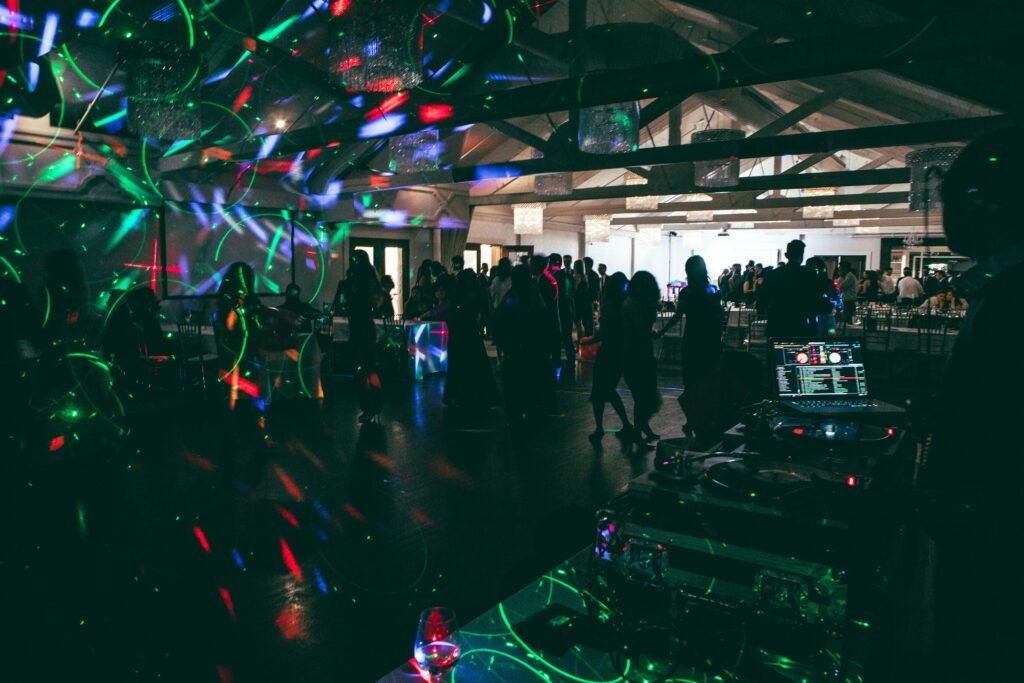
Events are opportunities to create unforgettable experiences through thoughtfully curated environments.
The interplay of color and sound plays a pivotal role in setting the mood, ensuring that your event leaves a lasting impression on your guests.
Imagine a chic wedding reception adorned with soft pastels and illuminated by gentle candlelight, all set to the soothing strains of a string quartet.
This combination creates an atmosphere of elegance and romance, perfect for celebrating love.
On the other hand, a corporate event aiming to energize and inspire might use bold, dynamic colors like red and orange, paired with an upbeat playlist featuring modern, rhythmic tracks.
This vibrant mix can stimulate creativity and encourage lively interaction among attendees, aligning perfectly with the event’s objectives.
Consider a themed party: a tropical luau could be brought to life with vibrant greens and blues, accented by the lively sounds of steel drums and ocean waves.
These sensory elements transport guests to an island paradise, enhancing the overall experience.
For more intimate gatherings, such as a dinner party, muted tones combined with soft jazz can create a cozy, inviting ambiance that encourages conversation and connection.
Meanwhile, a lively cocktail party could benefit from a mix of vivid colors and upbeat, eclectic music to keep the energy high and the atmosphere buzzing.
Lighting also plays a crucial role in mood setting.
Dynamic lighting that changes with the music can add an extra layer of immersion, making your event feel like a cohesive, well-thought-out experience.
The key is to align the color and sound elements with the event’s theme and desired emotional impact.
By doing so, you can craft an environment that not only meets but exceeds your guests’ expectations, making your event truly unforgettable.
Tips for Experimenting with Color and Sound
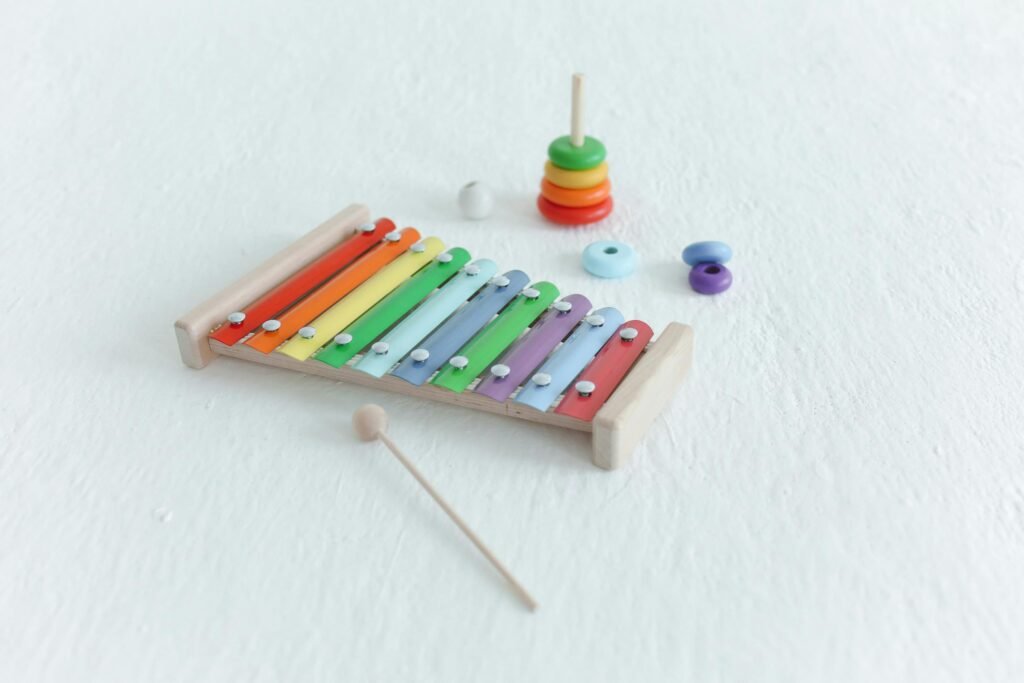
Exploring the fusion of color and sound can be an exciting journey.
Start small by pairing a single color palette with various music genres to observe how each combination affects your mood.
For instance, try soft pastel colors with classical music for a serene atmosphere or vibrant, bold colors with pop music for an energetic vibe.
Use digital tools and apps to test different combinations before committing to any changes.
Many platforms offer simulations where you can play around with color schemes and soundtracks, helping you visualize and hear the potential impact.
Don’t hesitate to mix and match unconventional pairings.
Sometimes, the most unexpected combinations can yield the most compelling emotional responses.
For example, pairing cool blues with ambient electronic music might create a surprisingly refreshing and modern feel.
Involve all your senses.
While focusing on color and sound, consider incorporating textures and scents to deepen the sensory experience.
A room painted in warm, earthy tones accompanied by the soft strumming of an acoustic guitar and the scent of sandalwood can become a multi-dimensional haven of comfort.
Get feedback from others. What resonates with you might evoke a different response in someone else.
Sharing your experimental setups with friends or family can provide valuable insights and fresh perspectives.
Lastly, keep it flexible.
The beauty of experimenting is that you can always tweak elements to better suit your evolving preferences and emotional goals.
Adjust lighting, volume, or even the time of day you engage with your space to see how these factors influence the overall experience.
This iterative process will help you refine your emotional landscapes into environments that truly resonate with you.
Conclusion
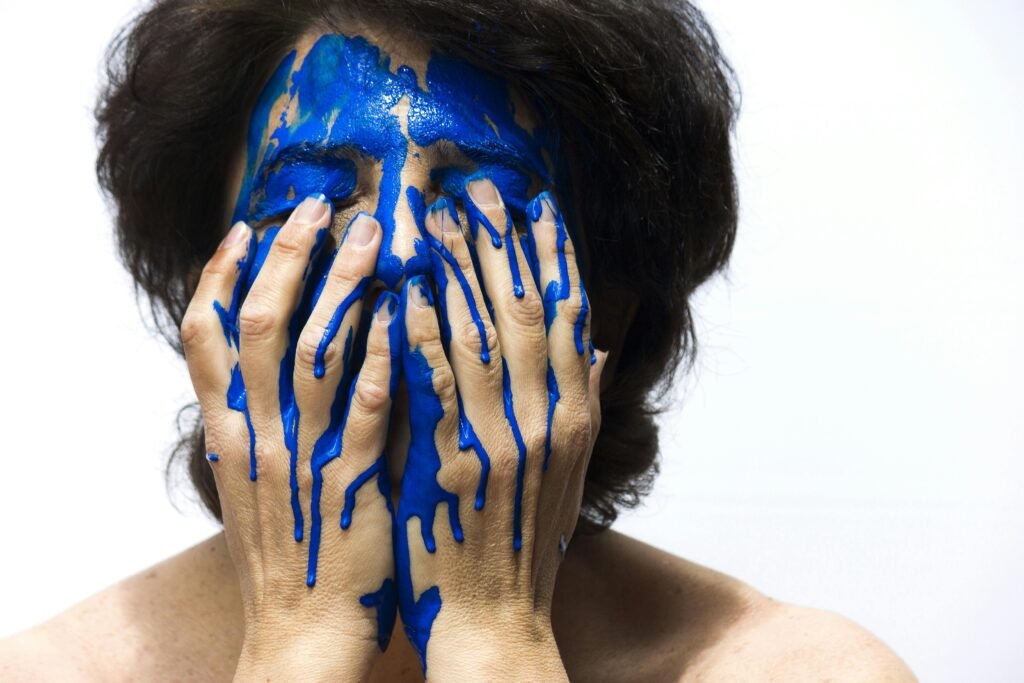
The journey of crafting emotional landscapes through color and sound is both an art and a science, offering endless possibilities for personal and professional spaces.
By thoughtfully selecting color palettes and pairing them with complementary sounds, you can create environments that resonate deeply with emotional and psychological needs.
Whether you are an artist, a designer, or simply someone seeking to enhance your living space, these principles offer a pathway to more meaningful and immersive experiences.
Consider the profound impact this can have on daily life—from making a home office more conducive to productivity with calming colors and soothing music, to transforming a public space into an engaging and memorable experience.
These techniques can also provide therapeutic benefits, aiding in stress reduction and emotional healing.
The key lies in experimentation and personalization.
Use the tools and tips discussed to explore various combinations, and don’t hesitate to think outside the box.
Engage all your senses and seek feedback to refine your setups.
The iterative process will help you fine-tune environments that truly speak to you and your audience.
Ultimately, mastering the interplay of color and sound allows you to harness the full spectrum of human emotion, creating spaces that not only look and sound good but feel profoundly enriching.
